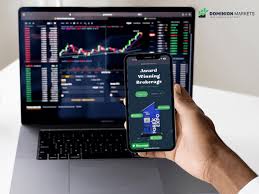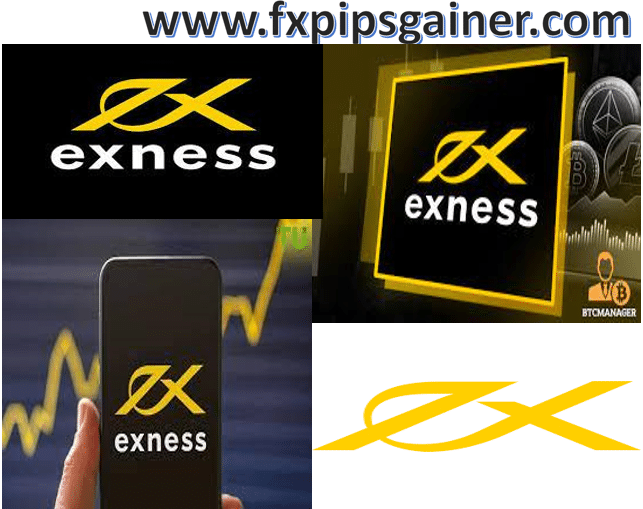
The Ultimate Guide to Forex Trading Systems
In the fast-paced and dynamic world of foreign exchange trading, having an effective trading system is crucial for success. A well-structured forex trading systems fxtrading-broker.com trading system not only minimizes risks but also maximizes potential profits. This article delves into the nuances of Forex trading systems, their types, and how traders can effectively utilize them to enhance their trading performance.
What is a Forex Trading System?
A Forex trading system is a predefined set of rules that guide traders in making decisions regarding buying and selling currencies. These systems can be manual or automated, depending on the preferences and strategies of the trader. In essence, a trading system aims to eliminate emotional decision-making by providing traders with a clear methodology to follow.
Types of Forex Trading Systems
1. Technical Analysis-Based Systems
Technical analysis is one of the most popular methodologies in Forex trading. Systems based on technical analysis utilize price charts, historical data, and various indicators to forecast future price movements. Traders employing these methods look at chart patterns, support and resistance levels, and indicators like Moving Averages, MACD, Bollinger Bands, and RSI to make informed trading decisions.
2. Fundamental Analysis-Based Systems
Fundamental analysis involves evaluating a country’s economic indicators, such as GDP, employment rates, interest rates, and inflation. Traders who apply this method believe that macroeconomic factors significantly influence currency movements. A fundamental analysis-based trading system typically involves staying updated on financial news and economic reports, allowing traders to make informed decisions based on the underlying health of economies.
3. Price Action Trading Systems
Price action trading systems depend primarily on the price movements of currencies. Traders analyze the price charts without relying heavily on indicators. These systems focus on understanding market behavior through price patterns, candlestick formations, and support and resistance levels. Price action traders often prefer trading with higher time frames, which helps them to identify significant trends and reversals.
4. Algorithmic Trading Systems
Algorithmic trading systems, also known as automated trading systems or trading robots, are digital solutions that execute trades based on predefined criteria. These systems use sophisticated algorithms to analyze the market and make trades without human intervention. Algorithmic systems are known for their speed and precision, providing traders with the ability to capitalize on opportunities instantly. However, they require a deep understanding of both programming and financial markets.
Benefits of Using a Forex Trading System
Employing a Forex trading system provides numerous advantages:
- Increased Discipline: Trading systems enforce discipline, ensuring that traders stick to their strategies and reduce emotional trading.
- Clear Trading Rules: Systems provide explicit rules for entry, exit, and risk management, making trading decisions more straightforward.
- Consistency: With a defined approach, traders can achieve consistent results over time, as the system mitigates impulsive decisions.
- Backtesting Capabilities: Traders can backtest their systems using historical data to evaluate performance and optimize strategies effectively.
How to Choose the Right Forex Trading System
Selecting an effective Forex trading system is essential for success. Here are some factors to consider:
1. Define Your Trading Style

Every trader has a unique style and approach. Some are comfortable with day trading, while others prefer swing trading or long-term strategies. Choose a system that aligns with your trading style to enhance your comfort and performance.
2. Risk Management
A good trading system incorporates risk management techniques. Systems should have defined stop-loss, take-profit levels, and an appropriate risk-reward ratio. Proper risk management helps protect your capital and limit losses.
3. Backtest and Optimize
Before deploying a trading system, backtesting it against historical data is crucial. This process helps you understand how the system would have performed in the past and allows for necessary adjustments to optimize performance.
4. Stay Updated
The Forex market is dynamic and influenced by various factors. Continuously update and refine your trading system to adapt to changing market conditions and avoid potential pitfalls.
Common Mistakes to Avoid
While trading systems provide significant advantages, traders often make mistakes that can hinder their success. Here are some common pitfalls to avoid:
1. Over-Reliance on Indicators
Many traders become overly reliant on technical indicators, ignoring other critical factors like market sentiment and fundamental data. A balanced approach between technical and fundamental analysis is essential.
2. Disregarding Market Conditions
Using a trading system without factoring in current market conditions can lead to suboptimal results. Always adapt your strategy based on whether the market is trending, ranging, or experiencing high volatility.
3. Inadequate Risk Management
Failing to implement robust risk management protocols can lead to significant losses. Always define your risk tolerance and employ stop-loss orders to protect your capital.
Conclusion
Forex trading systems are invaluable tools for traders seeking to enhance their performance and achieve consistent results. By understanding different types of systems, their benefits, and how to choose the right one for your trading style, you can increase your chances of success in the Forex market. Remember, continuous learning, adapting your strategies, and maintaining discipline are keys to becoming a successful Forex trader.


